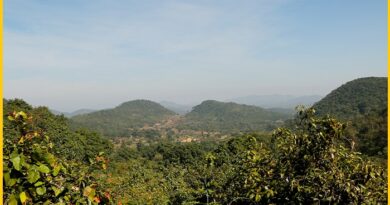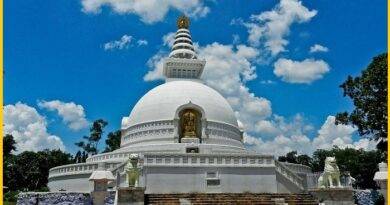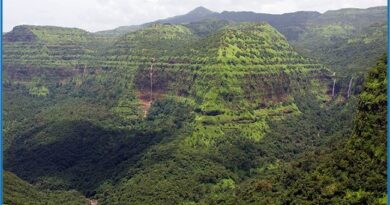The Mada Caves-A Hidden Gem in Singrauli
The Mada Caves Complex
The Manda Caves are a group of ancient rock-cut caves located in the Singrauli district of Madhya Pradesh, India. These caves date back to the 7th century and are believed to have been built during the reign of the Gupta Empire. The Manda Caves are situated in a secluded area amidst a lush green forest, and they are carved out of sandstone rocks. There are a total of 13 caves at the site, and they are adorned with beautiful carvings and sculptures depicting various scenes from Hindu mythology.
The main cave at the site is Cave 1, which is also known as the Vishnu Cave. This cave has a large sculpture of Lord Vishnu in his reclining form, along with several other smaller sculptures of gods and goddesses. Other notable caves at the site include Cave 2, which has a sculpture of Lord Shiva, and Cave 5, which has an inscription in the Gupta script.
Mada Caves Singrauli
The Mada rock-cut caves are interconnected caves situated 32 km from Waidhan in Mada tehsil of Singrauli district. Famous caves include Vivah Mada, Ganesh Mada and Shankar Mada, Jaljalia and Ravan Mada. Besides rock cut caves, Singrauli also has Painted rock shelters. Ranimachi, Dholagiri and Goura pahad lie in Chitrangi tehsil of Singrauli. These painted rock shelters belong to the Mesolithic age of microlithic implements culture.
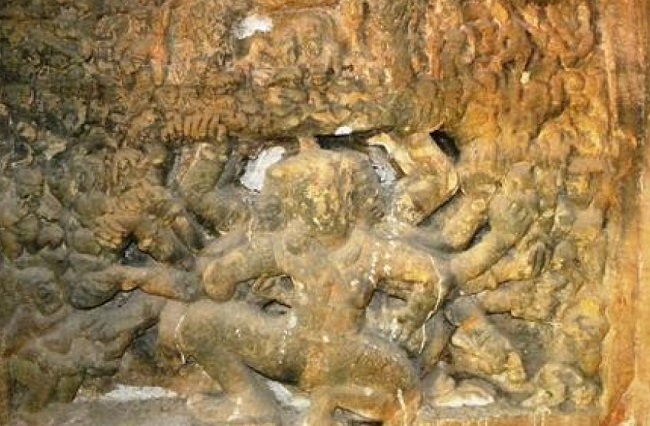
Jaljaliya Mada Caves
Jaljaliya cave complex consists of two caves of which one is a temple cave and the other is an underground cave which in the form of a pool. The temple consists of Lord Shiva statue and the statue of a goddess. The most interesting aspect is that the pool cave has an unidentified source of water and was probably used as a bathing pool in ancient times. About 200 meters away from this cave, there is a small temple dedicated to Goddess Sita known as Sita Hut.
Vivah Mada Caves
Shankar Mada-Ganesh Mada Caves
Raavan Mada Caves
The Ravan Mada Caves are believed to have been used by the Banas Culture, a prehistoric civilization that existed in the region between 3500 and 2000 BCE. These caves are named after Ravana, the demon king from the Indian epic Ramayana, as local folklore suggests that Ravana might have used these caves as his hideout during his exile.
The Ravan Mada Caves are situated in a picturesque location on the banks of the Rihand River, and they are known for their natural beauty and serene atmosphere. The caves have several rock paintings and carvings depicting animals, humans, and geometric designs, which are believed to be from the Neolithic and Mesolithic periods.
Jhinga Jhariya
Jhinga Jhariya is about 4km away from the Mada cave complex and is a popular picnic spot. One of the main attractions of Jhinga Jhariya is the Rihand Dam, which is located nearby. The Rihand Dam is one of the largest dams in India, and it provides irrigation water to the surrounding agricultural land.
Attraction near Mada Caves Singrauli
Rihand dam
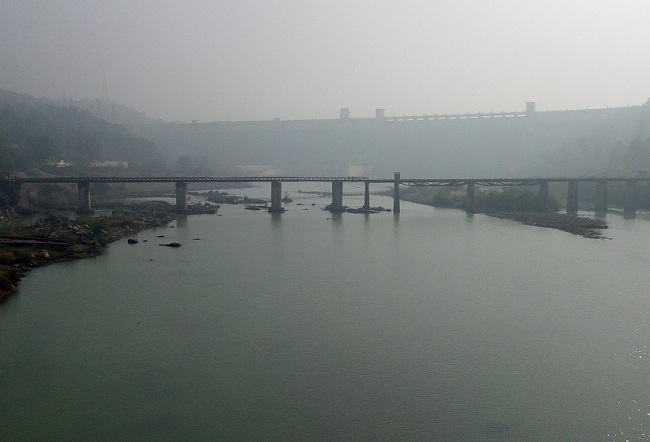
Painted Rock Shelters
Jwalamukhi temple

